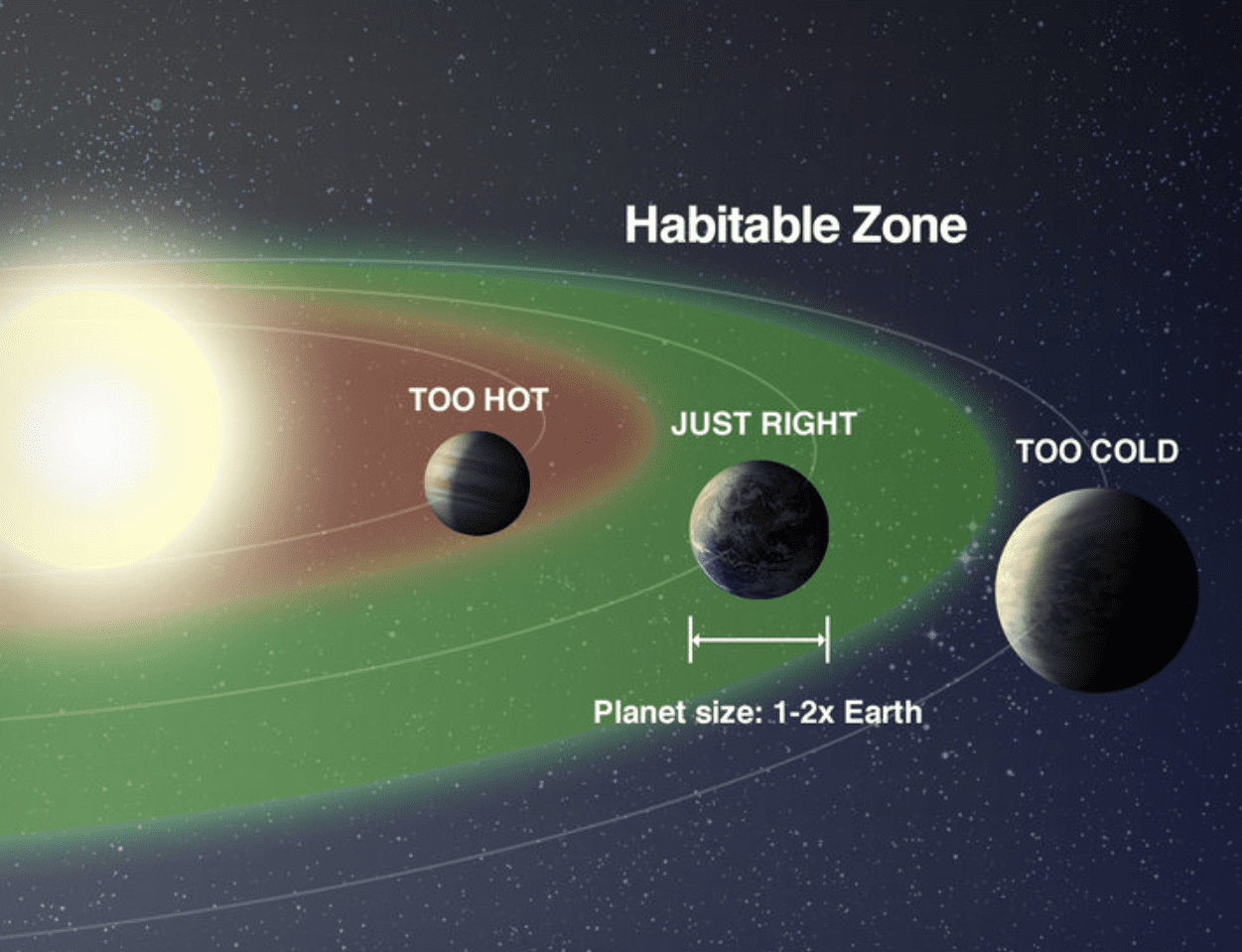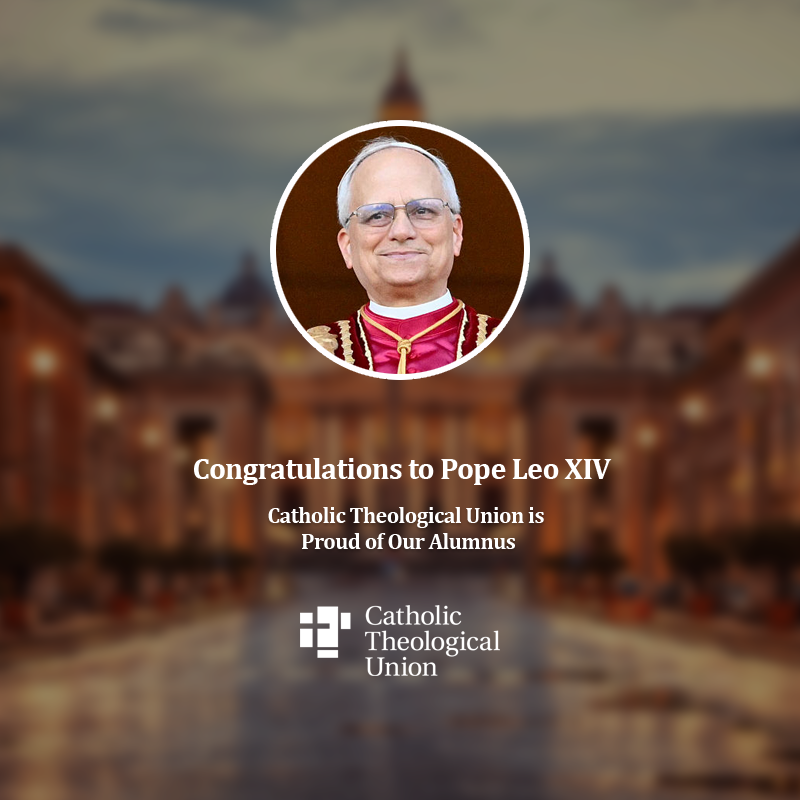Possible Preaching Themes
Possible Scientific Resources
- Citizen science empowers volunteers, everyday amateur scientists to take part in elite-level science studies and discourses. Citizen science can provide a useful analogy for engagement of faith communities [“where two or three are gathered”] in which ordinary believers and specialists in ministry or theology can collaborate together in moving forward in faith.
- Looking back into time: astrophysicists now understand that looking into space is a way to look back into time to understand our present moment in salvation history. Similarly, looking back into our tradition, such as today’s readings and especially their ethical guidelines, is critical for guiding our actions in the current moment of the unfolding of God’s reign.
- Searching for exoplanets: astronomers the world over, including those at the Vatican’s own observatory, are searching for planets outside the solar system [= exoplanets], which may easily outnumber the stars in our galaxy, some of which could be inhabitable with other of God’s creation. Such exploration expands our imaginations about what it means to “come into God’s presence” (today’s Psalm), and what it means for the cosmic Christ to be in our midst (gospel). It also provides perspective on how “small” our worlds and perspectives can be.
- On citizen science:
- On space exploration as looking back in time:
- https://www.skyatnightmagazine.com/space-science/space-night-sky-look-back-in-time/
- http://curious.astro.cornell.edu/about-us/133-physics/general-physics/general-questions/835-why-is-looking-out-into-space-the-same-as-looking-back-in-time-beginner
- https://spaceflightnow.com/2021/12/23/webb-telescope-is-a-time-machine-for-astronomers-to-see-the-cosmic-dawn/
- The search for exoplanets, searching for life:
Homily Outline Combining Resources
A homily outline weaving together themes the second and third themes from astrophysics
- Where two or three are gathered
- In Matthew, Jesus addresses the disciples regarding how to settle disputes and ends with the promise that where 2 or 3 are gathered in the name of Jesus, there he is in the midst of them.
- Matthew’s words are empowering for us today, even when we are not quarreling and even when we have not betrayed one another.
- Communities across the country are concerned about declining Mass attendance, but even if we are a small gathering, the redeeming Christ is present, as confirmed by the Constitution on the Sacred Liturgy, n. 7 which references today’s gospel to emphasis this (https://www.vatican.va/archive/hist_councils/ii_vatican_council/documents/vat-ii_const_19631204_sacrosanctum-concilium_en.html )
- Christ’s expansive presence in an expanding universe
- Modern astronomy radically broadens our thinking about the pervasive presence of the Cosmic Christ
- Our skies are filled with stars and planets, the vast majority of which cannot be seen with the naked eye.
- Astrophysicists such as Grace Chase-Wolf believe that many of the stars above may actually be planets billions of light years away, some of which might have sustain life https://www.youtube.com/watch?v=X81svLUugtk
- Even the Vatican has an Observatory searching for exoplanets, and “searching for life beyond the solar system” https://brill.com/view/journals/jjs/7/2/article-p282_282.xml?language=en
- Looking back into time, looking back into our tradition
- Some current space exploration, such as that being carried out by the James Webb observatory, is focused on looking back in time to discover the origins of the universe https://spaceflightnow.com/2021/12/23/webb-telescope-is-a-time-machine-for-astronomers-to-see-the-cosmic-dawn/
- Given the length of time it takes for light to reach us even from our own sun (8 1/3 minutes), as Grace Wolf-Chase reminds us, to look into space is always to look back in time: we never capture the universe as it is now
- But looking back can help us understand how the universe began, how it is expanding now, and how we existent in this moment
- When believers “look back,” as today in the scriptures, we understand something about how God’s love affair with human beings began, how it is expanding, and how we are to act in this moment
- Ezekiel likely predates the gospel of Matthew by 700 years or more.
- The Psalter likely predates the gospel of Matthew by 1,000 years or more.
- And the oral traditions that led to the writing of Ezekiel and the Psalms goes back even further.
- Paul’s letter to the Romans even predates all the gospels
- Yet the lectionary presents the span of time between the text as a suture rather than a chasm
- that shows the faithfulness of God through the ages
- that provides timeless instruction for living in God’s love [2nd reading]
- and how to be reconciled with one another [gospel]
- The Cosmic presence of Christ
- Scientists have not yet demonstrated the existence of life on other planets
- But their explorations help us imagine a Christ even present in “interplanetary ways”
- The light of God comes to us in starlight and lightyears
- The light of Christ that shines out from our tradition was not limited to one time and place on one small planet in the galaxy
- That Christ light also cannot be confined to the small ways we sometimes think about community or church
- That light has the potential to radiate long past our fragile boundaries of geography or time, even long past our own lifetimes
Related Homily Outlines
Couldn’t find what you’re looking for?
Try searching with another filter

Preaching with Sciences

Edward Foley, Capuchin
Duns Scotus Professor Emeritus of Spirituality
Professor of Liturgy and Music (retired)
Catholic Theological Union
Vice-Postulator, Cause of Blessed Solanus






